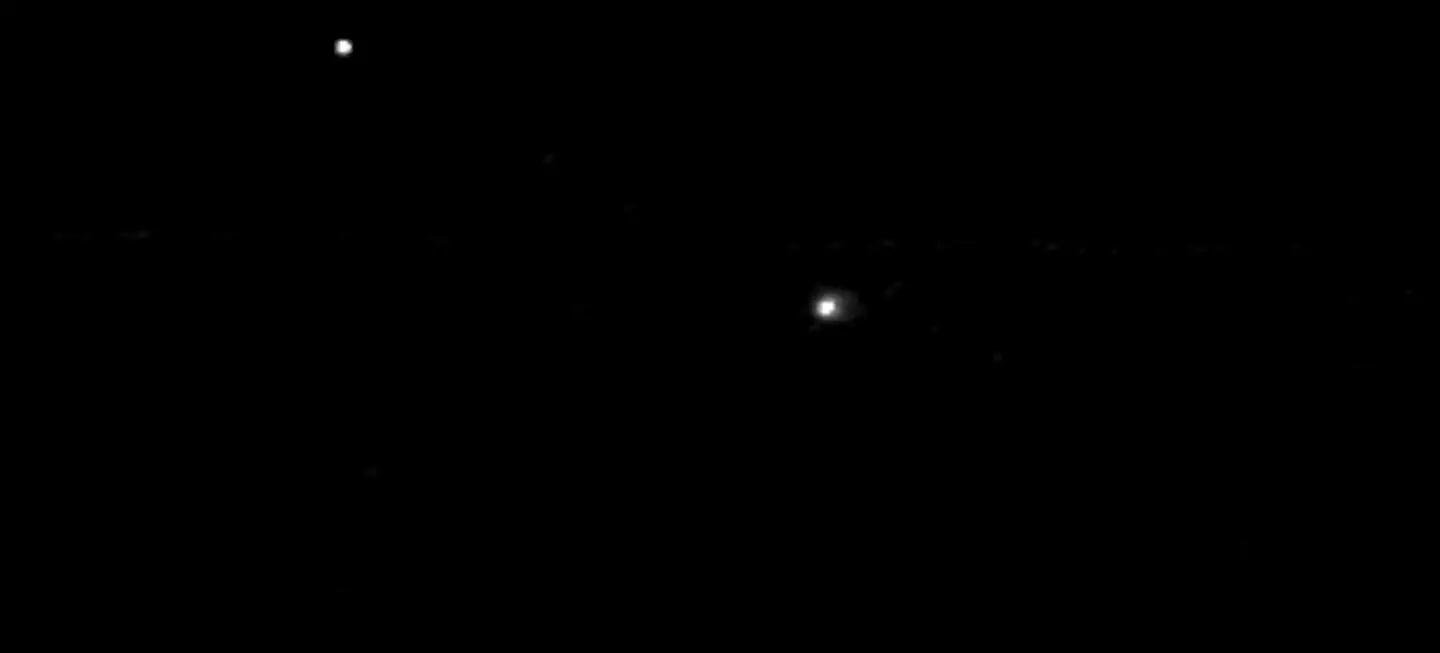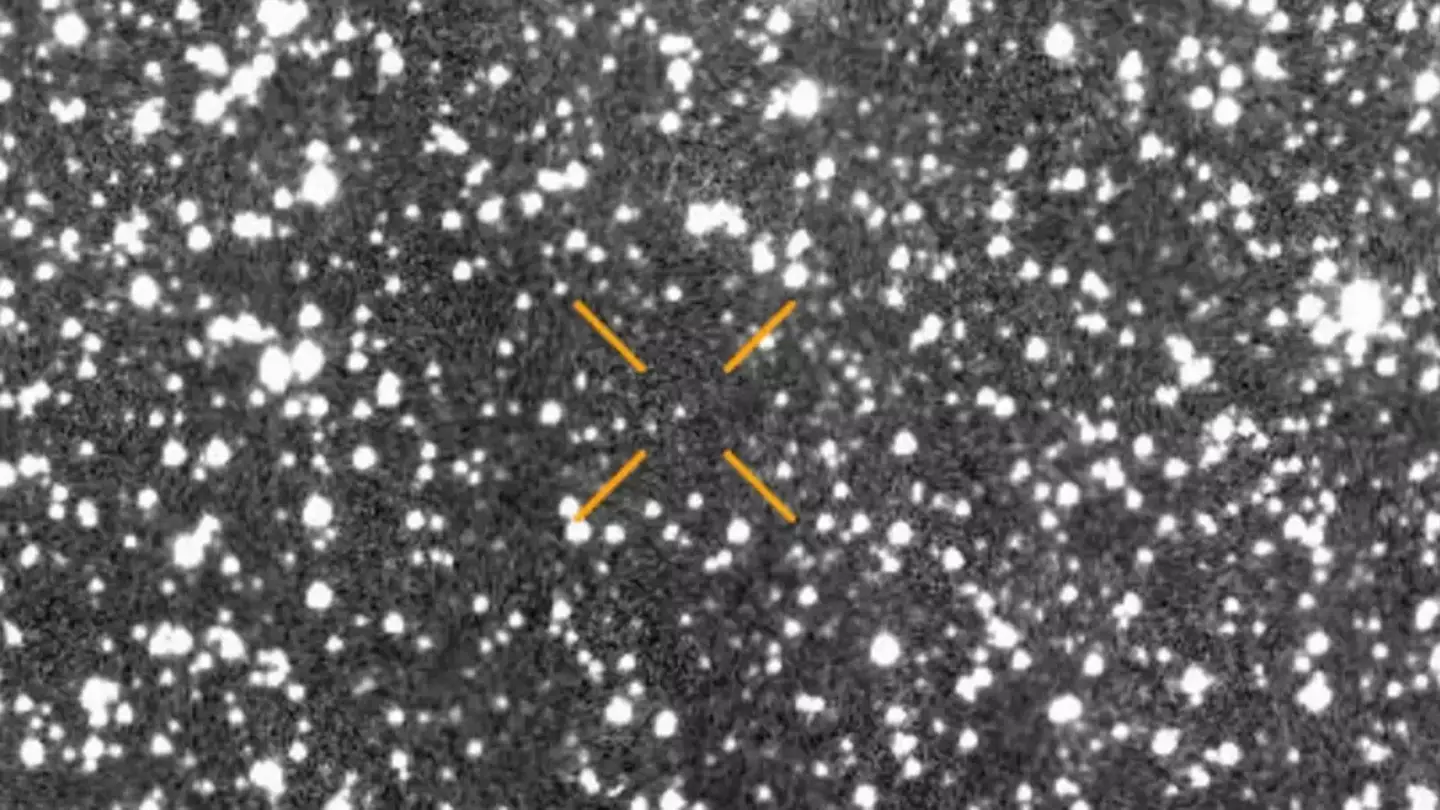Have you heard about the foreign space object rapidly approaching our solar system?
The object in question, identified as the suspected comet 3I/ATLAS, recently passed by Mars, offering astronomers an opportunity to observe it more closely. Harvard scientist Avi Loeb has expressed concerns about the implications if this object were to be a hostile entity from another world.
3I/ATLAS was first detected in July by a telescope located in Río Hurtado, Chile. It is believed to be an ‘interstellar’ object, originating from beyond our solar system and currently passing through it. Prior to this, only two other interstellar objects have been recorded: Oumuamua in 2017 and Borisov in 2019.
The European Space Agency (ESA) observed 3I/ATLAS as it made its way past Mars between October 1 and 7. On October 3, at its nearest point, the comet was approximately 30 million kilometers away.
Using the ExoMars Trace Gas Orbiter, ESA was able to capture footage of the comet, depicted as a small white dot surrounded by a cloud of gas and dust, known as a coma.

As 3I/ATLAS approaches the Sun, it is expected to heat up, releasing more gas and dust, potentially forming a tail that could be visible in upcoming images.
Researchers are currently analyzing the data to understand the composition of the comet. ESA’s Juice spacecraft plans to observe it again in November, with findings anticipated by February.
While NASA reassures us that 3I/ATLAS is merely a comet and poses no threat, some speculate it could be ‘possibly hostile,’ sparking concerns about potential impacts on Earth. Harvard physicist Loeb has raised questions about the natural origins of this peculiar object.
In a recent blog post, Loeb discussed a hypothetical scenario where 3I/ATLAS might be an alien probe and pondered how the U.S. government would react. His conclusions are far from comforting.
Loeb noted that, as he is aware, there are ‘no protocols for responding to the discovery of functioning alien devices near Earth.’ A bit unsettling, to say the least!
“A visitor in our backyard requires immediate attention because it could enter through the front door and pose an imminent threat,” he cautioned.
Loeb further mentioned that, back in 2005, Congress had tasked NASA with identifying 90 percent of all space rocks larger than 140 meters that could potentially collide with Earth. He highlighted that alien technology, however, is much more unpredictable than space rocks.

According to Loeb, ‘we do not have a contingency plan on how to search and respond to such a threat.’
However, Loeb is taking proactive measures in response to this situation.
He, alongside two other scientists, recently submitted a white paper to the United Nations, proposing the formation of a committee dedicated to addressing ‘possible threats from interstellar objects.’
The suggested UN committee, named UNCIO, would coordinate global efforts to quickly detect interstellar objects, study them safely, and determine the appropriate response if one seemed unusual or posed a threat. This initiative would involve collaboration among scientists, governments, and space agencies to share telescope data, launch investigation missions, and establish global protocols for studying or communicating with potentially technological objects.
The closest approach of 3I/ATLAS to Earth is projected to be on December 19, 2025, at a distance of 269 million kilometers. Space agencies maintain that it will not pose any risk to our planet.
But as always, the future remains uncertain…

